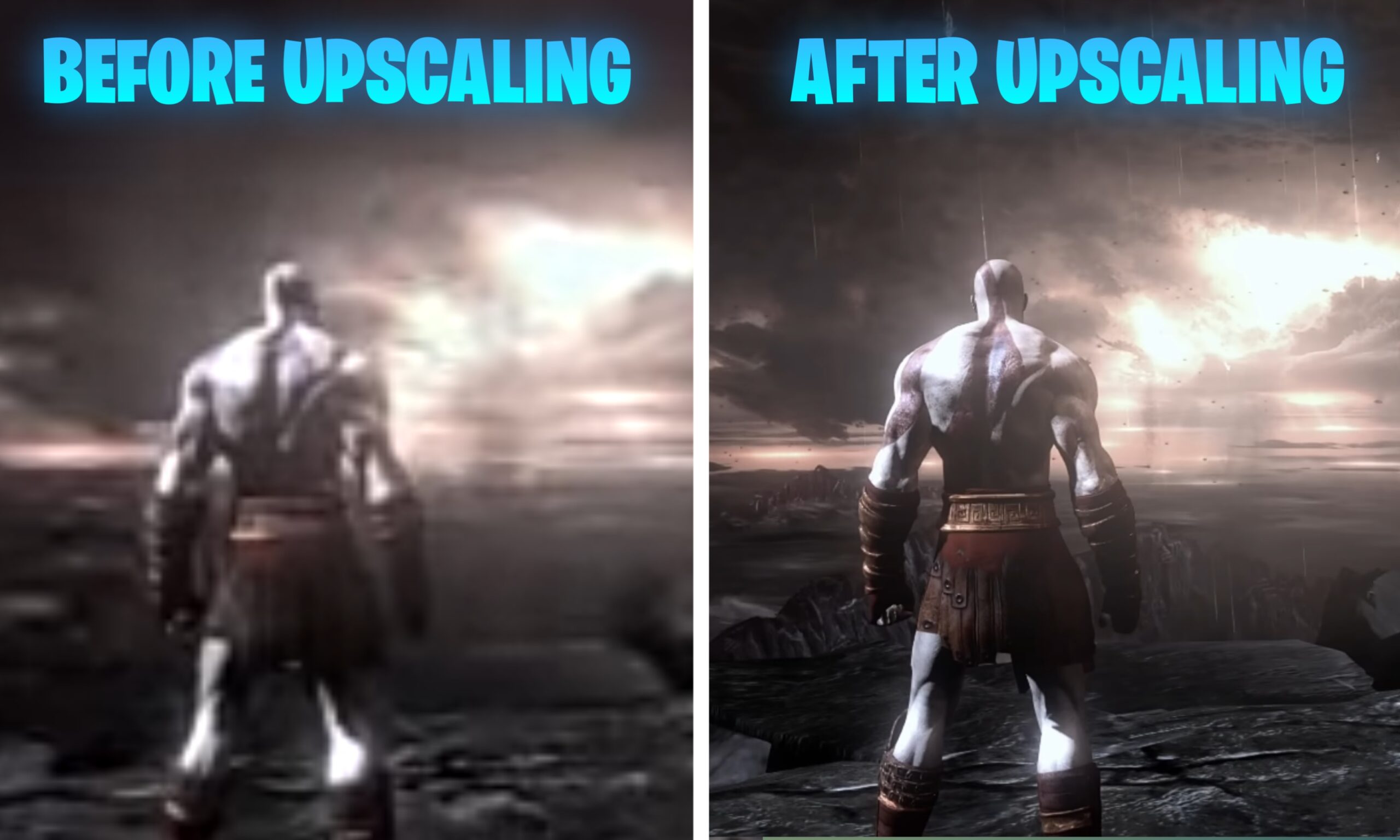Upscaling in Video
If you have ever played an old movie in 4K, then you definitely noticed that it still looks pretty good and not that old. You know why?
That’s because of upscaling in video, a smart and well-made technology that enhances lower-quality videos to make them sharper, brighter, and much clearer than before on high-resolution screens. Upscaling allows users to enjoy older or low-quality content with a minor loss of quality. But ever wondered how it really works?
In this article, we’ll talk about what upscaling is in video and how upscaling a video really changed the 90s-style quality video into native 4K. Let’s start the topic!
For more informative articles, check out more on: fiscoratool.com
What is Upscaling in Video?

Video upscaling is the procedure of increasing the quality and resolution of a video so it enhances the lower-resolution to higher-resolution display without appearing blurry or pixelated, which makes a video more attractive.
For your better understanding
I have provided an example: If you play a 1080p resolution video on a 4K TV, then the TV or software uses upscaling algorithms to generate the pixels that are missing, which results in a more detailed image.
However, if you think that upscaling a video creates new details, it does not create new details in the video; it only enhances what’s already there. Just think of it without any enhancements stretching a low-resolution video: it would look blurry and pixelated, but with smart processing, it appears sharper and more refined than before.
How Does Video Upscaling Work?

Upscaling depends on different advanced algorithms and artificial intelligence to create extra pixels that blend consistently with the original video. Many factors influence the effectiveness of upscaling, which includes the quality of the original video.
We have some points that you must know about if you want to make it clear how video upscaling works. Here are the main methods that were used:
1. AI-Based Upscaling: It is the most advanced method, using deep learning to analyze frames in a video and predict missing details, resulting in a sharper and more natural video. This is mostly used in modern smart TVs and different upscaling software.
2. Pixel Duplication: This is the simplest method, where each pixel is copied and repeated to cover the screen. This frequently results in blurry or blocky video visuals.
3. Interpolation Techniques: Methods such as bilinear and bicubic interpolation analyze close pixels and merge them to create a smoother image.
Does Upscaling Actually Improve Video Quality?

The straight answer is yes!, but it has some limitations. While upscaling only enhances the quality of a video, not converting it into 4K or 8K but making it look better on big screens, it’s not the same footage as high-resolution native 4K video.
AI-based upscaling can enhance its quality by reducing noise and sharpening edges while improving the textures.
Upscaling a video is just like adding an advanced filter to a video or photo. It enhances colors, sharpens the lines, and makes it smooth, but it won’t recreate details that were not visible in the original.
Benefits of Video Upscaling

Some of the benefits of video upscaling are written below:
- Enhanced Streaming Quality: Enhances video clarity, even with poor internet connections.
- Improved Visuals on Big Screens: Videos look better than before on latest high-resolution screens
- Better Compatibility: Shows lower resolution videos without any distortion or black bars
Limitations of Video Upscaling
If it has benefits, then it also has some limitations, which are discussed below:
- Not 4K or 8K: Upscaling enhances sharpness, but it does not display new details that do not originally exist.
- Requires Processing Power: Upscaling needs strong hardware, which might not be available on normal devices.
- Results vary: The strategy applied and the processing capabilities of the device performing the upscaling depend on the original video.
Conclusion
We covered the topic of “What is upscaling in video.” In short, video upscaling is a vital technology that enhances the viewer experience by improving the lower-resolution to higher-resolution video so that it displays better on big screens.
While it cannot fully reproduce the high 4K native resolution quality, AI upscaling has improved much in terms of noise reduction, sharpness enhancement, and overall video quality enhancement.
No matter what you’re watching, upscaling provides a sharper and more delightful experience.


What you’ve written here speaks not only to the mind but also to the soul, offering a sense of peace and understanding.